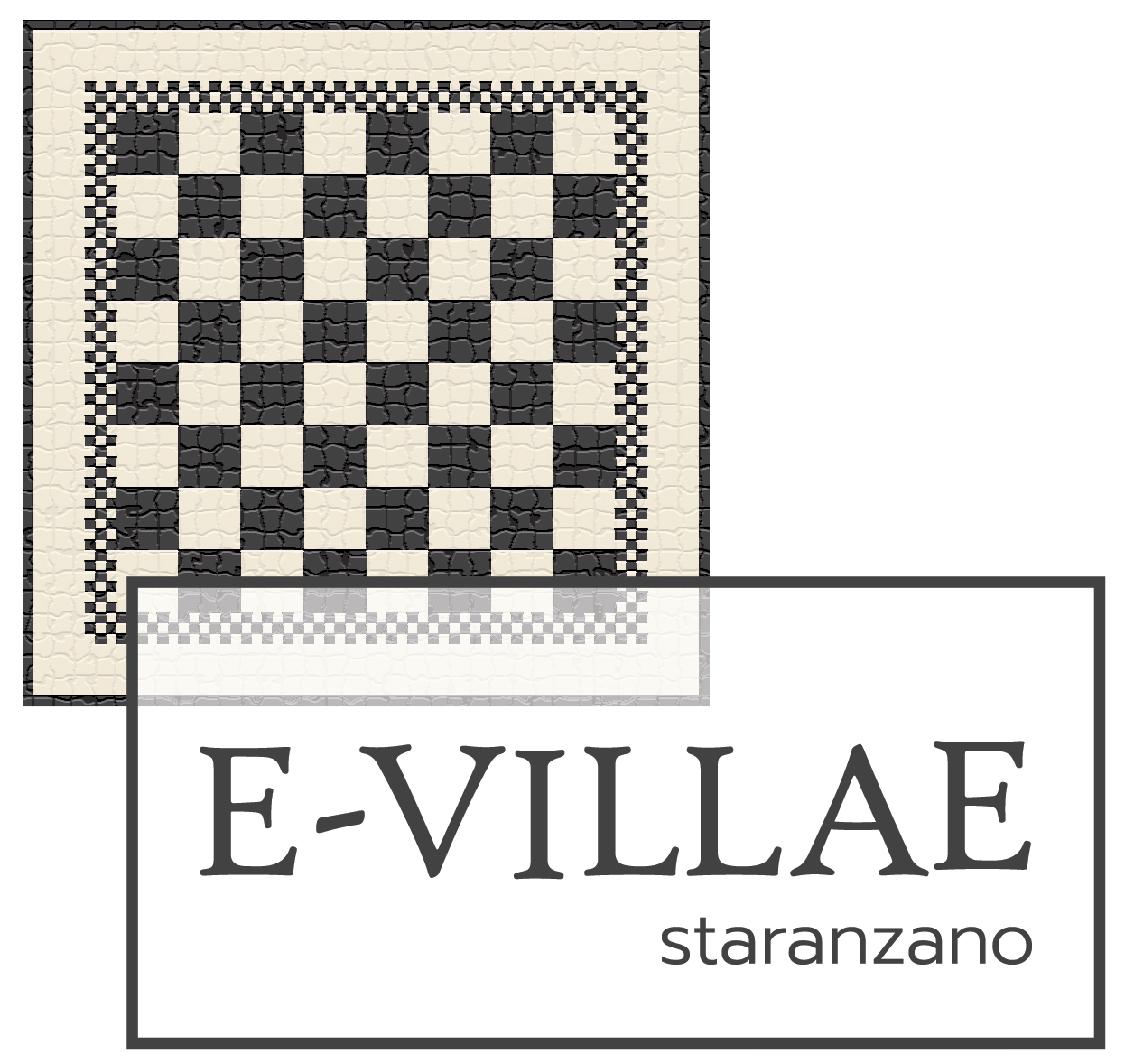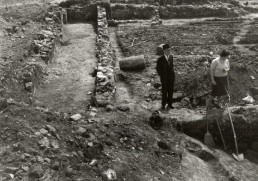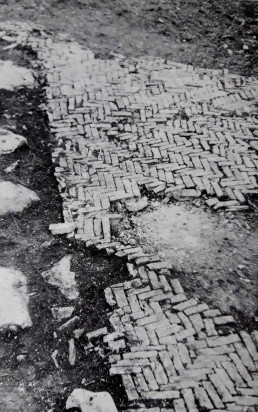Even of this villa, which was investigated several times between the 1950s and 1970s, nothing remains visible today.
From the excavation reports and photographic documentation it is assumed that the rustic part was characterized by a series of rooms arranged around a courtyard paved in cocciopesto and decorated with fragments of river pebbles.
Other rooms had wrought and terracotta tile floors arranged in a herringbone pattern (opus spicatum). Based on the archaeological materials found, it is possible to establish that the villa was inhabited from the second half of the 1st century BC to the 1st century AD.
Other structures of unclear interpretation brought to light in the surrounding area in the early twentieth century (perhaps a cistern, an enclosure wall, and a small pier) are probably to be related to the Tavoloni villa.


